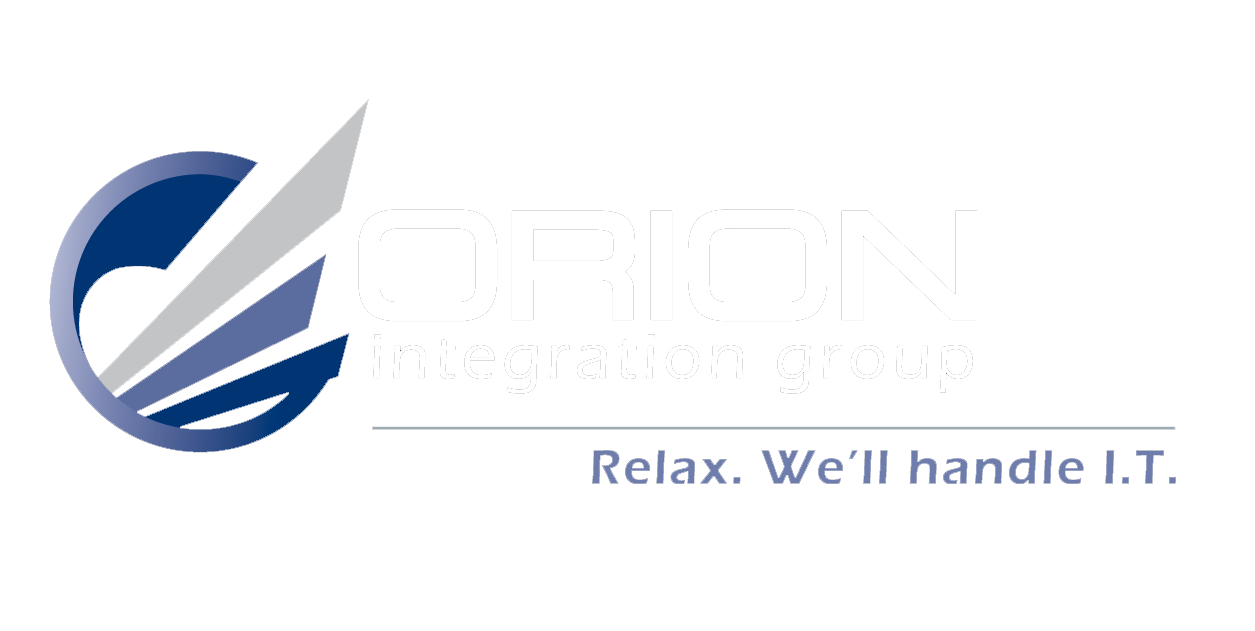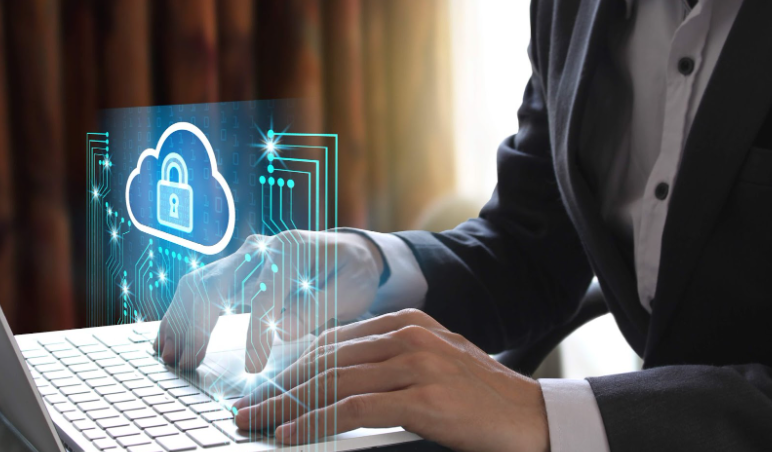May 1, 2025
Traditional security models served their purpose in a world of on-premises systems and static perimeters. But today’s threat landscape demands more. By implementing Zero Trust, businesses can reduce risk, improve visibility, and better protect their users, devices, and data - wherever they are.


